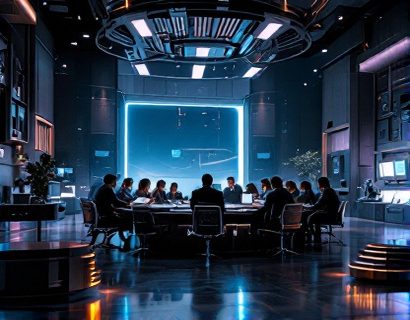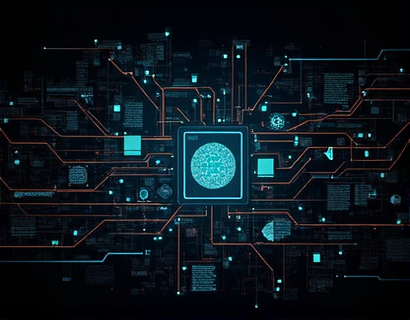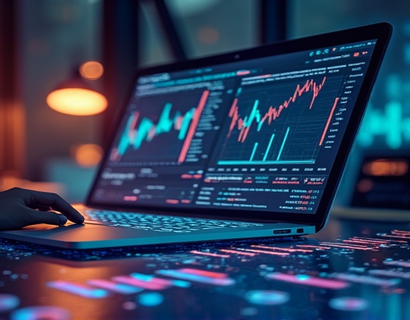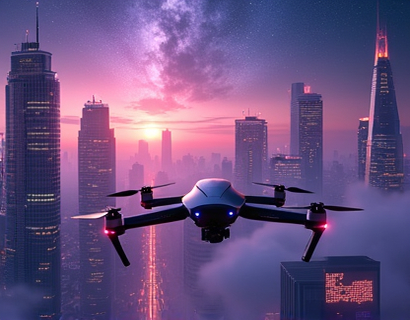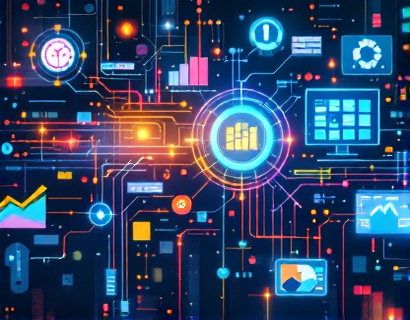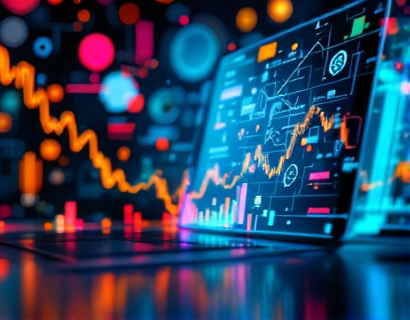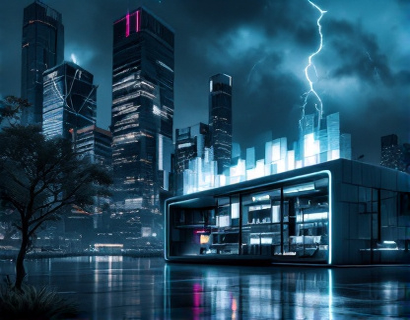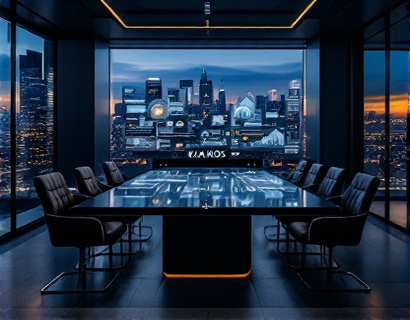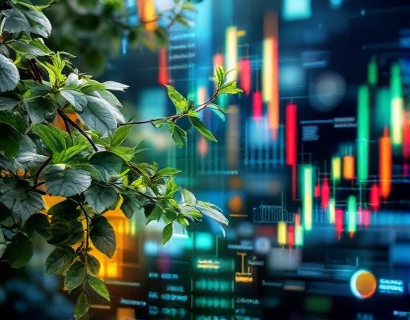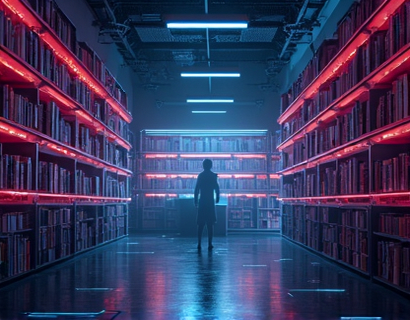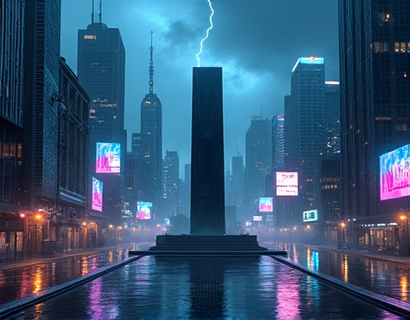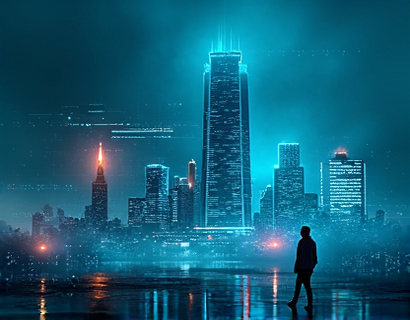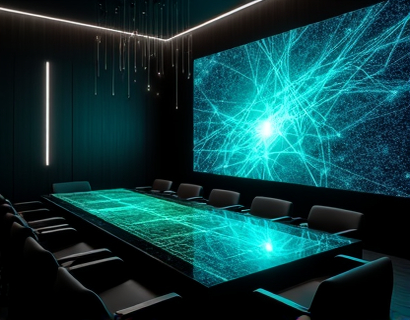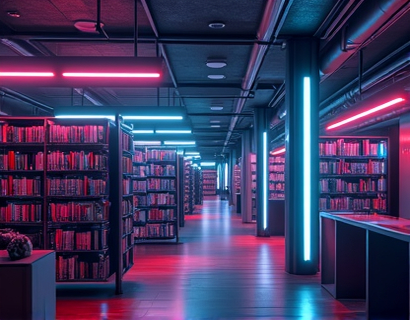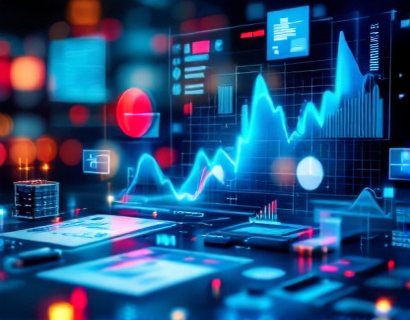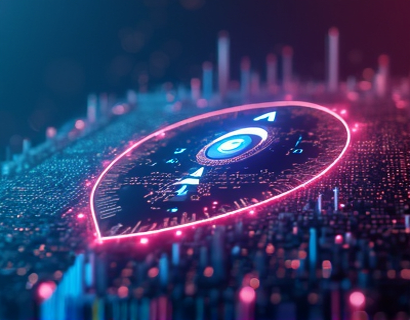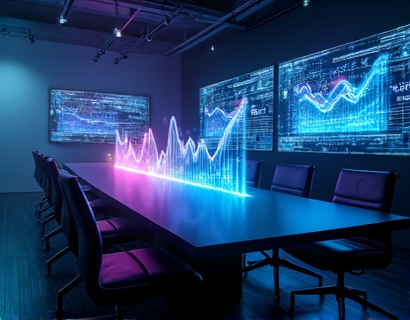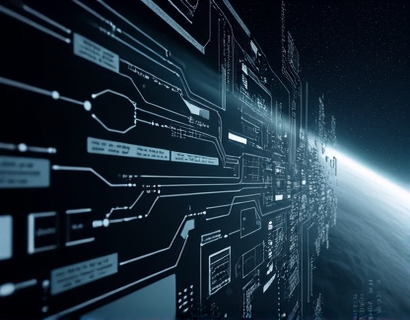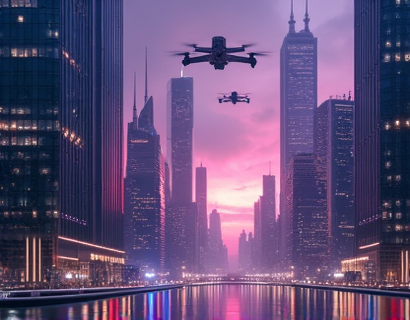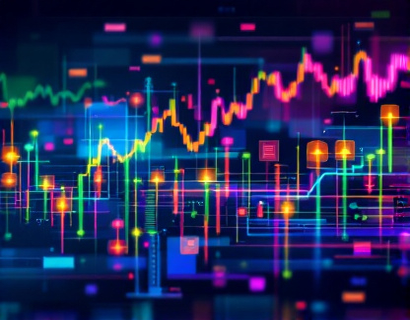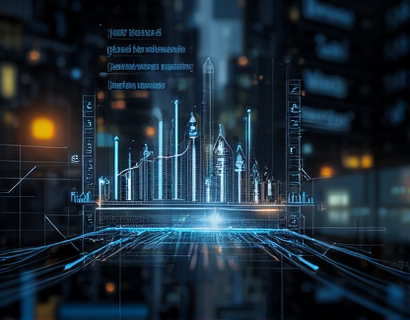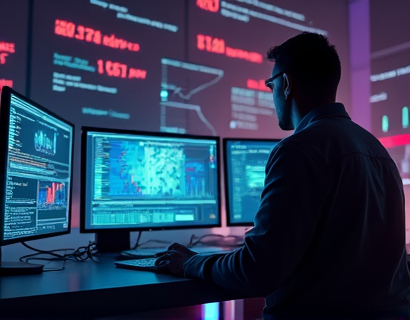Unlocking Digital Transformation: Converting Physical and Digital Assets into Enchanted Collectibles
In an era where technology and creativity intersect, the concept of digital transformation has opened new avenues for enthusiasts and collectors alike. This article delves into the fascinating process of transforming physical and digital assets into captivating digital collectibles, a journey that merges innovation with artistry to enhance the value and allure of unique possessions. By leveraging cutting-edge online solutions, individuals can embark on a digital odyssey, where their cherished items are reborn in the virtual world as enchanting collectibles.
The idea of digital collectibles is not new, but the methods and platforms available today have revolutionized the way we perceive and interact with these virtual treasures. Digital collectibles are more than just pixels on a screen; they are immersive experiences that combine the tangibility of physical items with the limitless possibilities of the digital realm. This transformation process involves several steps, each designed to preserve the essence of the original asset while enhancing its digital counterpart with unique features and interactive elements.
Understanding Digital Collectibles
Before diving into the transformation process, it's essential to understand what digital collectibles are and what makes them valuable. Digital collectibles are virtual items that hold collectible value, often based on their rarity, uniqueness, and the story behind them. These items can range from digital art and music to virtual real estate and in-game items. The key to their appeal lies in their ability to be owned, traded, and appreciated in digital spaces, much like their physical counterparts.
The value of digital collectibles is often determined by several factors, including scarcity, demand, and the reputation of the creator or issuer. Limited edition digital items, for instance, can command high prices due to their exclusivity. Additionally, collectibles that are part of a larger narrative or universe tend to attract more enthusiasts, further driving up their value. The digital nature of these items also allows for easy verification of authenticity and ownership, adding another layer of value.
The Transformation Process
The journey of transforming a physical or digital asset into a digital collectible begins with the selection of the asset itself. This could be a piece of artwork, a rare book, a vintage toy, or even a digital file like a photograph or a 3D model. The first step is to digitize the asset if it's not already in a digital format. This involves high-resolution scanning or photography to capture the item's details accurately. For digital assets, the process is straightforward, as they already exist in a digital format.
Once the asset is digitized, the next step is to create a digital representation that captures its essence. This is where the magic of digital transformation begins. Using advanced 3D modeling and rendering techniques, artists and developers can create a virtual replica of the asset. This replica is not just a static image but a dynamic object that can be viewed from different angles, interacted with, and even animated. The goal is to create a digital version that not only resembles the original but also offers new experiences and interactions that are impossible in the physical world.
3D Modeling and Texturing
The process of creating a 3D model involves several sub-steps. First, the asset is broken down into its geometric components, creating a mesh that defines its shape and structure. This mesh is then textured, meaning that the surface of the model is covered with images that give it color, detail, and depth. High-resolution scans or photographs are used to create these textures, ensuring that the digital version looks as authentic as possible. Advanced techniques like normal mapping and parallax mapping can be employed to add even more realism to the model.
Lighting and shading are also crucial in bringing the 3D model to life. Proper lighting can highlight the asset's features and create a sense of depth and volume. Shading techniques, such as Phong or Gouraud shading, help in simulating how light interacts with the surface of the object, making it appear more lifelike. These elements combined create a digital asset that not only looks impressive but also feels interactive.
Interactivity and Animation
One of the most exciting aspects of digital collectibles is their interactivity. Unlike static images or even 3D models, digital collectibles can respond to user actions, creating a more engaging and immersive experience. This can range from simple interactions like rotating the object to view it from different angles to more complex actions like opening a virtual book or triggering special effects.
Animation plays a vital role in bringing these interactions to life. Keyframe animation involves defining the starting and ending positions of an object or character and letting the software interpolate the frames in between. This technique is widely used for creating walk cycles, gestures, and other dynamic movements. More advanced techniques like physics-based animation can simulate real-world behaviors, such as cloth movement or fluid dynamics, adding another layer of realism to the digital collectible.
Blockchain and NFTs
To ensure the ownership and authenticity of digital collectibles, blockchain technology and non-fungible tokens (NFTs) are often utilized. An NFT is a unique digital certificate stored on a blockchain, which verifies the ownership and provenance of a digital asset. This technology provides a secure and transparent way to prove that a digital collectible is original and has not been tampered with.
The use of blockchain also opens up new possibilities for trading and monetizing digital collectibles. Owners can buy, sell, and trade their digital assets on specialized platforms, much like traditional collectibles. Smart contracts can automate transactions, ensuring that the terms of the sale are enforced without the need for intermediaries. This not only enhances the liquidity of digital collectibles but also builds trust within the community.
Creating a Vibrant Community
The transformation of physical and digital assets into digital collectibles is not just a technical process; it's also about building a community of like-minded individuals. Online platforms and forums dedicated to digital collectibles serve as hubs where enthusiasts can share their creations, exchange ideas, and collaborate on projects. These communities foster a sense of belonging and provide valuable feedback and support.
One of the benefits of joining such a community is access to a wealth of resources and tutorials. Experienced members often share their knowledge and techniques, helping newcomers learn and improve their skills. Workshops and webinars are common, covering topics from 3D modeling to blockchain basics. This collaborative environment accelerates the learning curve and encourages innovation.
Moreover, these communities often organize virtual exhibitions and events, where digital collectibles are showcased and appreciated. These events can range from simple online galleries to complex virtual reality experiences, providing a platform for collectors to display their assets and connect with a global audience. The social aspect of these events enhances the overall experience, making digital collectibles not just items to own but also experiences to share.
Enhancing Value and Appeal
To maximize the value and appeal of digital collectibles, several strategies can be employed. First, storytelling is a powerful tool in creating a connection between the collector and the asset. Each digital collectible can have a backstory, detailing its origin, the inspiration behind it, and any significant events it has been part of. This narrative adds emotional value and makes the collectible more memorable.
Limited editions and exclusive releases can also drive demand and increase value. By creating a sense of scarcity, whether through limited production numbers or time-limited releases, collectors are more likely to seek out and purchase these items. Collaborations with well-known artists or brands can further enhance the prestige of a digital collectible, attracting a broader audience.
Quality and uniqueness are paramount in the world of digital collectibles. High-resolution textures, detailed modeling, and smooth animations are essential for creating a visually stunning collectible. Unique features, such as interactive elements or special abilities, can set a digital collectible apart from others in the market. The more distinctive and well-crafted the collectible, the higher its potential value.
Future Trends and Innovations
The field of digital collectibles is rapidly evolving, with new technologies and trends emerging regularly. One such trend is the integration of augmented reality (AR) and virtual reality (VR) into digital collectibles. AR allows collectors to see their digital assets overlaid on the real world, creating a seamless blend of the physical and digital realms. VR, on the other hand, offers immersive experiences where collectors can interact with their collectibles in a fully virtual environment.
Another area of innovation is the use of decentralized platforms and decentralized finance (DeFi) to manage and trade digital collectibles. These platforms leverage blockchain technology to create decentralized marketplaces where collectors can buy, sell, and trade without the need for central authorities. This not only enhances security and transparency but also empowers the community by giving them more control over their assets.
Furthermore, the integration of artificial intelligence (AI) and machine learning can enhance the creation and management of digital collectibles. AI can assist in generating unique designs, optimizing 3D models for performance, and even predicting market trends based on historical data. These tools can help creators produce higher-quality collectibles and collectors make more informed decisions.
Conclusion
The transformation of physical and digital assets into digital collectibles represents a exciting convergence of technology and creativity. By leveraging advanced 3D modeling, interactivity, blockchain, and community engagement, individuals can breathe new life into their cherished possessions. This digital journey not only enhances the value and appeal of these assets but also opens up a world of possibilities for collectors and enthusiasts alike. As the field continues to evolve, the potential for innovation and discovery remains vast, inviting everyone to join in and explore the enchanting realm of digital collectibles.



